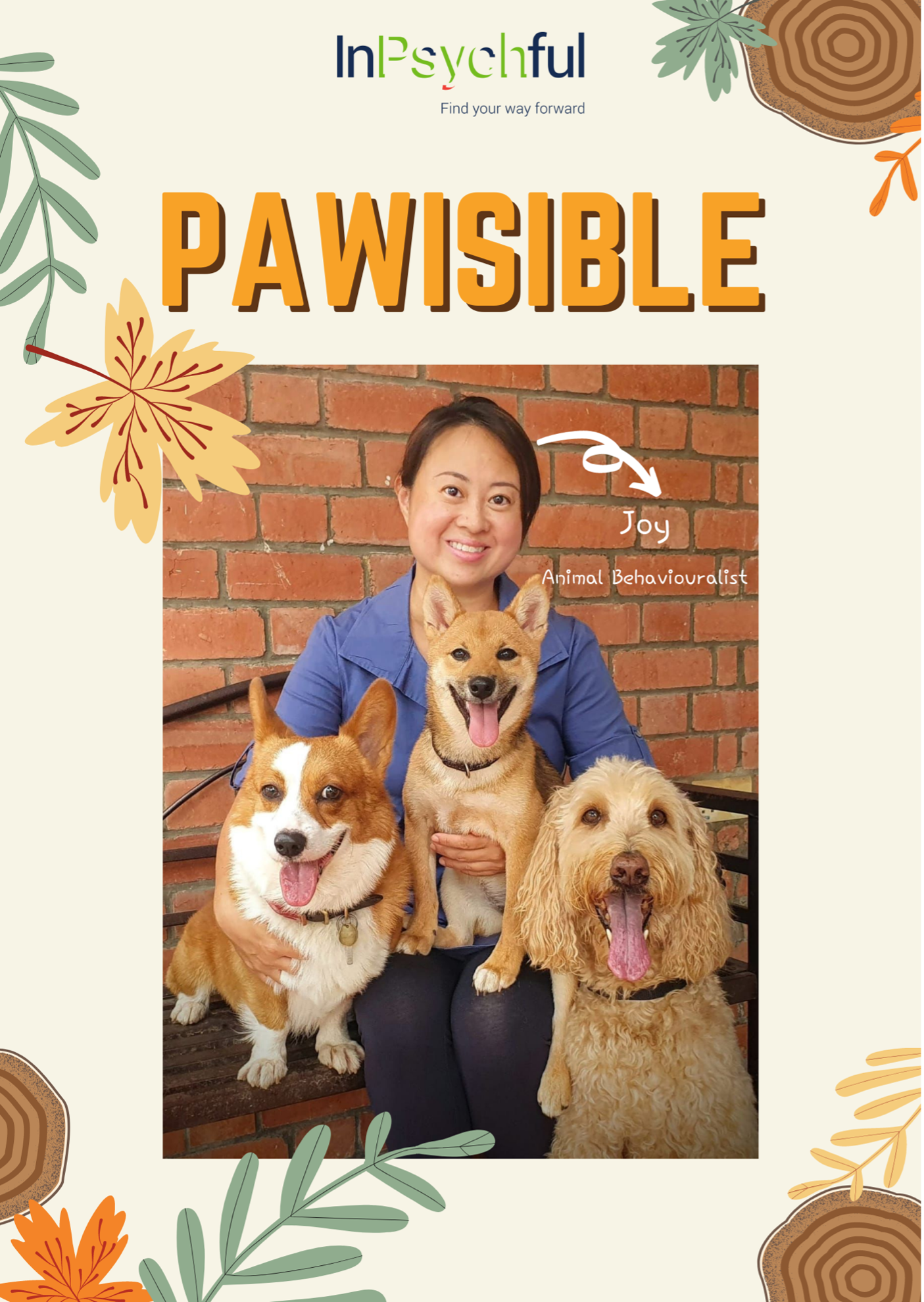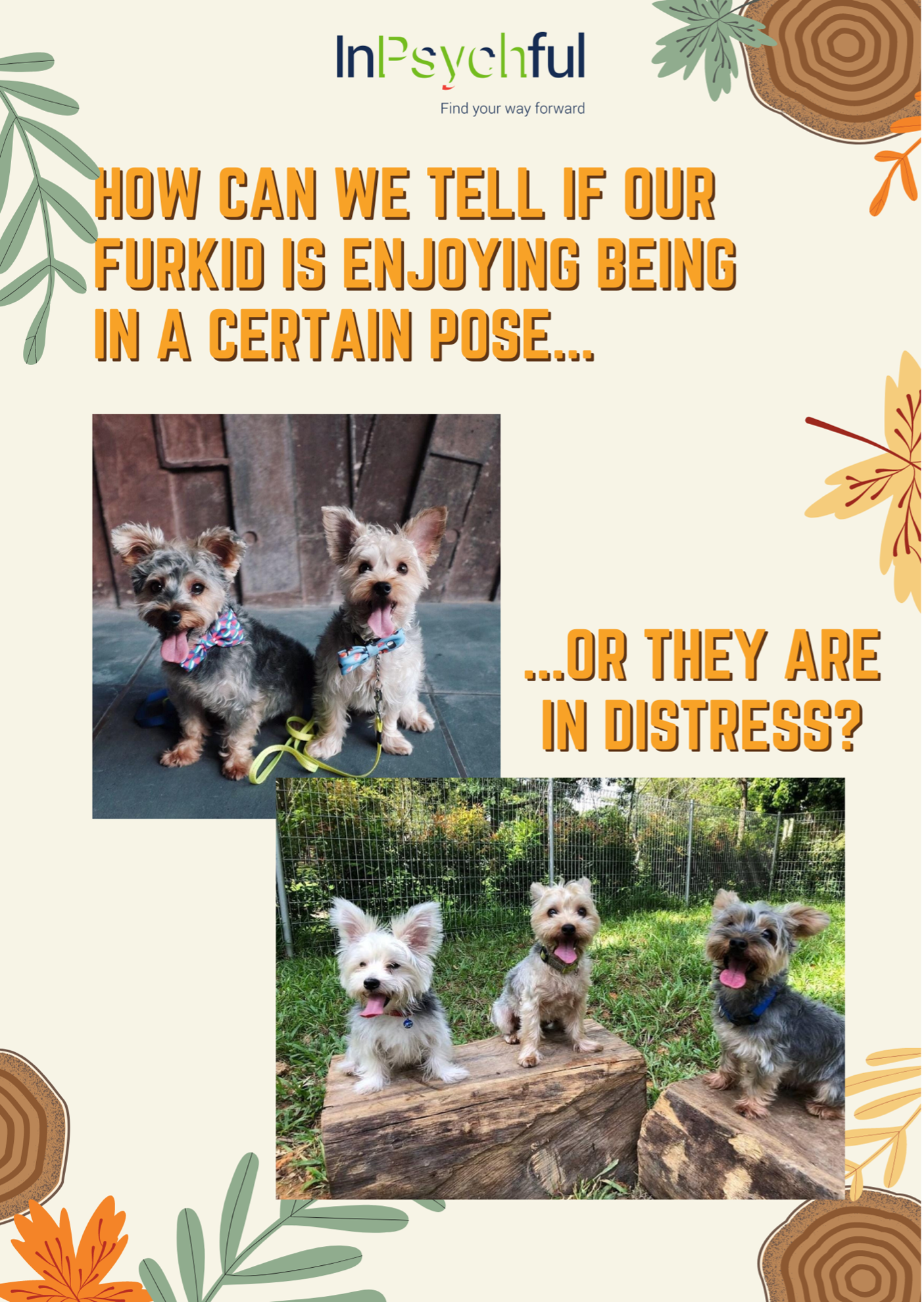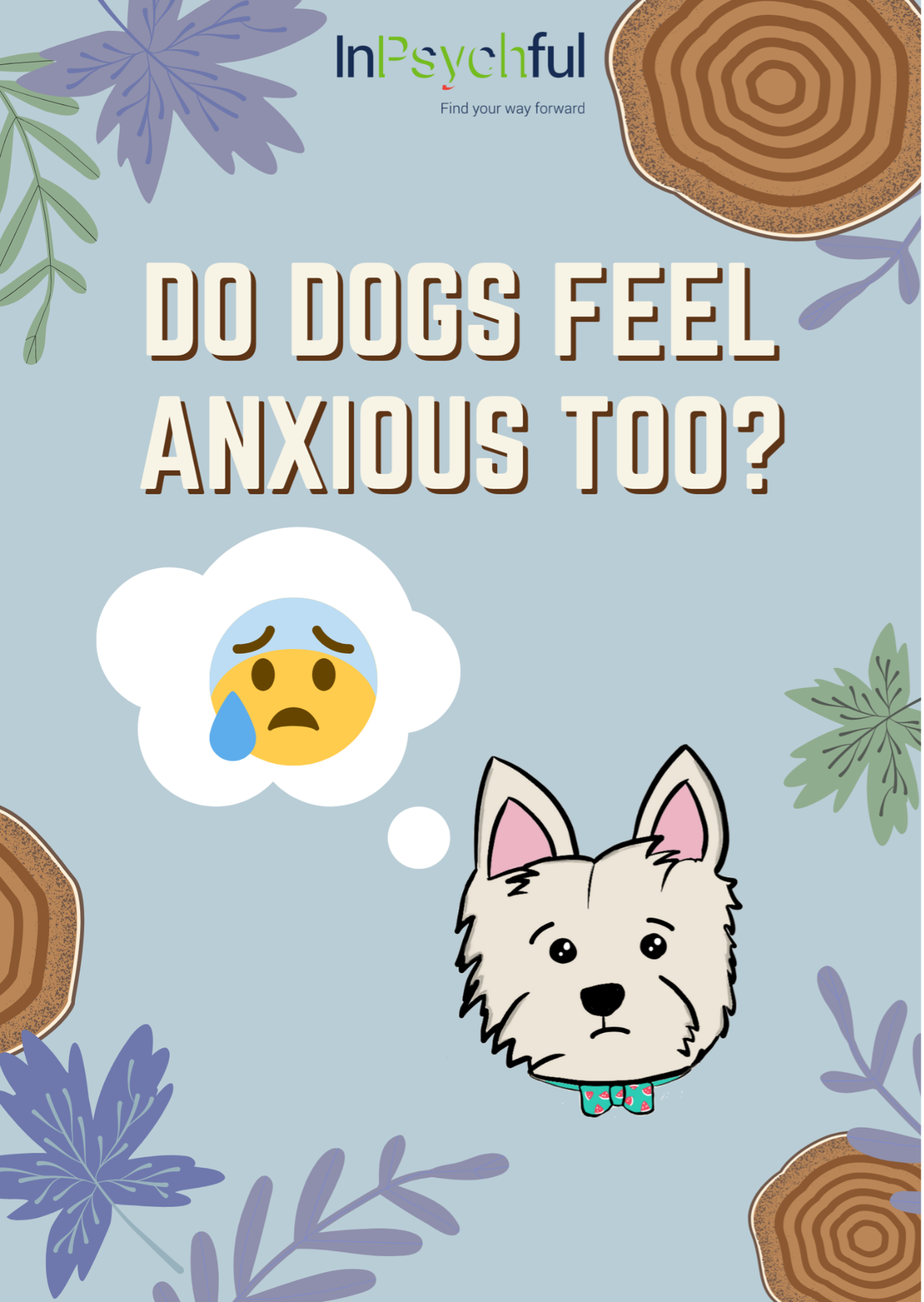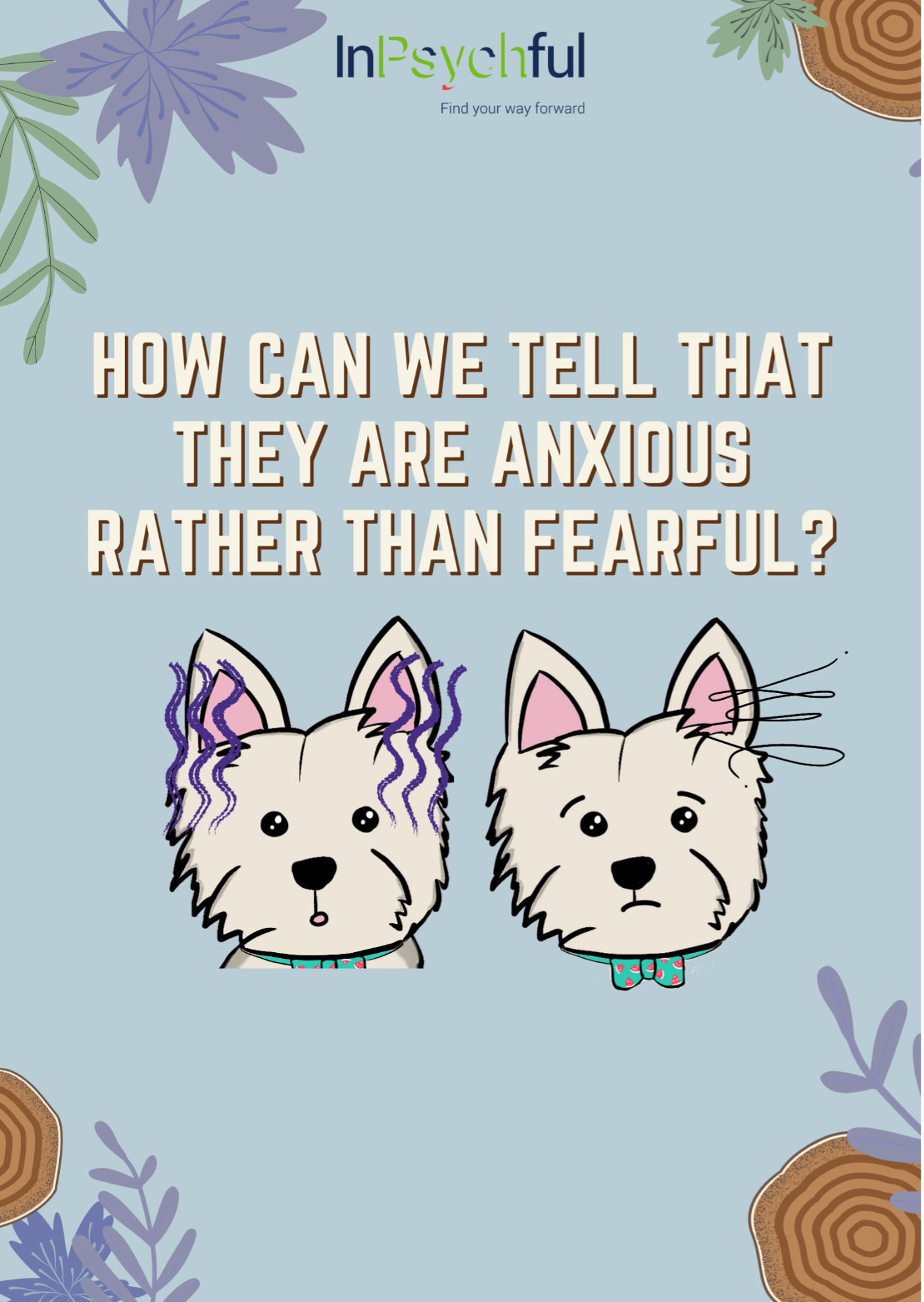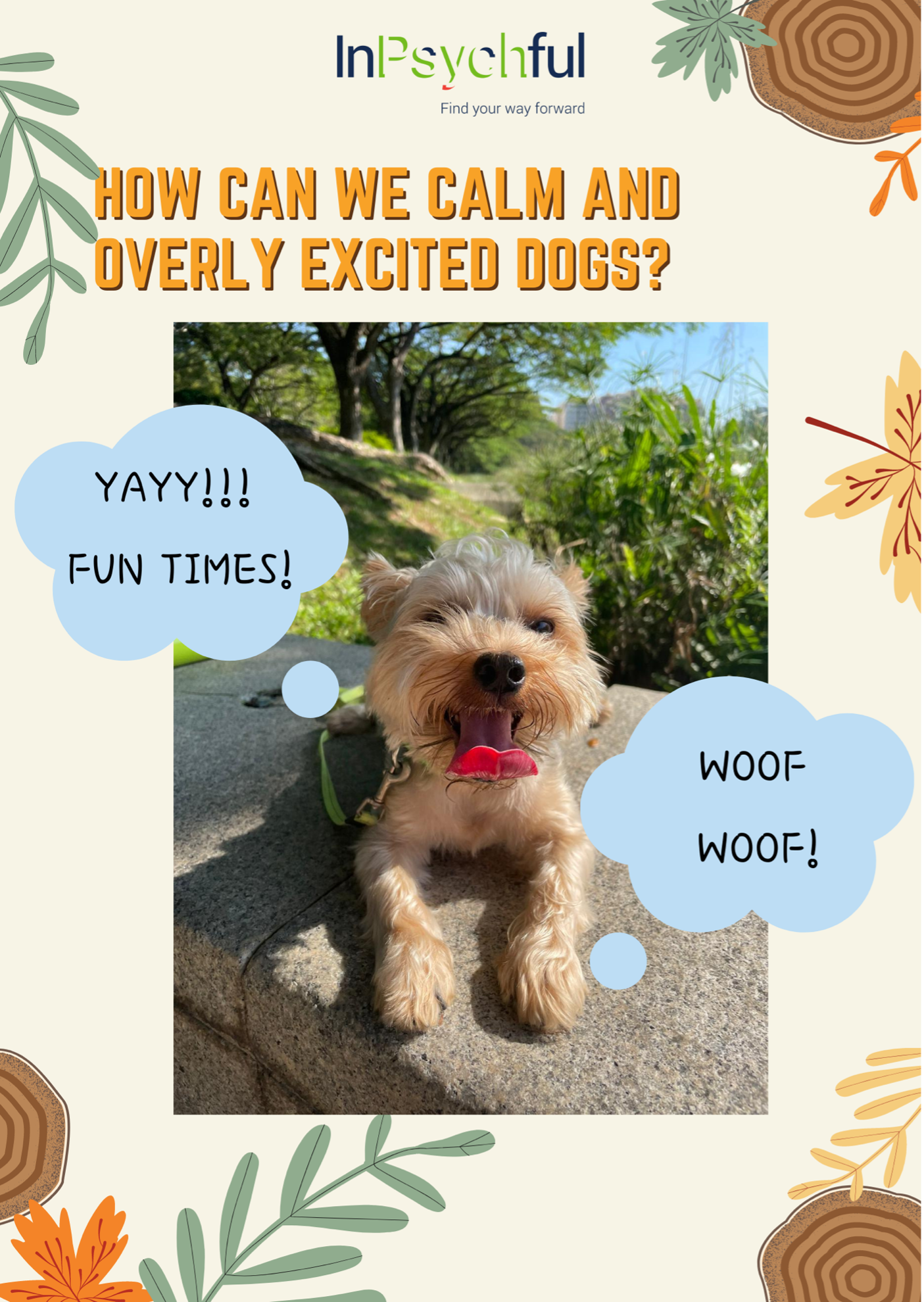Emotion is defined as “a complex reaction pattern, involving experiential, behavioural and physiological elements.” (American Psychological Association, 2019). However, there are many views to what emotions mean and it is difficult to pinpoint a single definition.
Unlike humans, animals are unable to explain whether they can feel emotions and the scientific opinions on this topic has been divided. Charles Darwin believed that humans and animal share similar core of fear, anger, and affection (Rose, 2020). Currently most researchers agree that animals can experience pain and comfort (Rose, 2020).
Considering that animals are unable to express themselves verbally, it is challenging to find out what an animal is feeling. A group of researchers have performed an unsupervised learning algorithm to sort facial expressions of mice into several emotional events, such as using situation that simulates quinine (disgust), sucrose (pleasure), escape (active fear), freezing (passive fear), and tail shock (pain) (Dolensek et al., 2020). They have found that mice showed typical facial expression when responding to these events and that neural activities is related to their facial expression and may encode distinct emotions (Dolensek et al., 2020). Beyond rodents, it was found that even horses are able to express behavioural and physiological signs of positive emotions when they are watching a positive video and vice versa for the negative ones (Trösch et al., 2020).
Since we have now learnt a little more about animal emotions, it would be interesting to learn more about how animals feel! We are pleased to have Ms Joy Chia, an animal behaviouralist, from Pawisible to answer some of our questions about how animals feel. the role of an animal behaviourist, who is one who applies principles of animal behaviour while determining how an animal’s behaviour is developed. They may suggest forms of treatment to adjust unpleasant behaviours of animals including behaviour modification, conditioning, and training (Kramer, 2019).
Let’s welcome Pawisible!
Pawsible is Singapore’s first and leading dog enrichment school. Established since 2012, our rich curriculum is built around allowing dogs to be fulfilled physically, mentally and emotionally. At Pawsible, dogs not only get to play and socialise, they go on excursions and participate in creative lessons like art, canine freestyle, music, and nose work as well.
Thank you Joy for joining us at InPsychful, it is great to have you here to share with us and our readers about our little furkids and how to tell if they are in distress.
1) Lets start off with a common emotion that humans feel. We know that pets bring a lot of joy to humans, and dogs are known to be man’s best friend. What about dogs? How can we tell when a dog is feeling sad?
Yes, dogs have feelings too. Here are some signs that your dog may be sad or depressed:
- Dog goes into hiding
- Dog is no longer interested in playing or meeting any other dogs or humans
- Loss of appetite
- Sleeping more than usual suddenly. (Not age-related)
- Licking of paws
Personal experience:
I remember one of my students who was typically very playful, suddenly not playing one day when she came to school. She wasn’t interested in meeting any of her friends that day and just laid down the whole time. I made a call to her pawrent and found out that she had been neglected due to her pawrent being busy. After that feedback, her pawrent started spending more time with her and when she came back the following week, she was her happy and sociable self again!
2) Oh wow! So time with them is also important, just like human children. For dogs, walking seems to be and we know there are a lot of pawrents who love to bring their dogs for long walks. How can we tell if a dog isn’t keen or doesn’t feel well during a walk?
In the first place, the dog wouldn’t want to step out of the house. Even if he did, he would probably just want to go out to do his potty and then head back home.
When this happens, you want to check several things:
- Is your dog feeling depressed? Signs of depression are stated in the first question.
- Is there a medical issue with the dog? When was the last vet visit? If it’s some time ago, maybe it’s time to book an appointment with your vet.
- Is your dog bored? (May be because you always walk your dog through the same route)
- Is your dog afraid? (Could be due to certain changes in the environment or a recent trauma that he has experienced)
- Is your dog new to walking? (No experience of walking before)
- How is the owner feeling every time he/she walks the dog. The owner’s feelings can affect the energy/emotions of the dog.
3) Got it! Also, now with social media being part of our daily lives, as pawrents, we love to take photos of our dogs and post them on Instagram. But how can we tell if our furkid is enjoying being in a certain pose, or if they’re in distress?
You can tell if they are stressed from these signs:
- Yawning
- Tongue-flicks
- Constant drooling
- Excessive panting
- Tucked ears and tail
- Avoiding
- Whining/Barking/Growling
- Pacing back and forth
Personal experience:
My experience is that many times when we wanted to take photos of the dogs, given the level of stress signals shown, we quickly had to intervene by either removing them from the posing position, stopped the photography, treated them, or took the shot fast and ending the photography session. The intention is always to minimize the stress level as it’s inevitable that there will be stress. It’s like us humans when we get our photos were taken, especially passport photos.
4) Haha! Yes the dreaded passport photo! What about anxiety? That is another common emotion that we humans experience. Do dogs feel anxious too?
Yes. Dogs do feel anxious and again it’s to various degrees of anxiety. Some have high anxiety levels, some have low levels.
Something interesting that I’ve taken note of over the years would be that there’s a correlation between an owner’s emotion and a dog’s emotion. For instance, dogs who have a higher level of anxiety tend to have owners who have high anxiety levels too. The same for those owners whom I met who are relaxed, their dogs tend to also feel less anxious. I believe that dogs can sense our state of energy and emotion. This means that they can also mirror how you are feeling. If we are able to be more mindful of our state, maybe we can also help our dogs to feel more elevated states of emotions too.
5) Ahhh the importance of staying calm and cool. That’s interesting that you brought up how our dogs can feel our energy. Like how they know that we are feeling upset or angry without having to show very big gestures or raising our voice. What are some common situations that dogs feel anxious about, and how can we tell that the dog is anxious rather than fearful?
- Anxious: feeling or showing worry, nervousness, or unease about something with an uncertain outcome.
- Fear: an unpleasant emotion caused by the threat of danger, pain, or harm.
Common situations that may elicit Fear-Related Anxiety
- Changes in environment/people
- Changes in weather (especially during thunderstorms)
- Loud noises & sudden movements
- New or unfamiliar objects
- New or unfamiliar dogs
Your dog may experience Separation Anxiety and Age-related Anxiety (cognitive dysfunction syndrome).
I believe that fear usually makes the animal react immediately. Most of the time, they would flee or avoid unless they are left with no choice but to fight. Anxiety, on the other hand, allows the dog to express all his stress signals. However, this can escalate and result in fleeing or fighting.
6) I see, yeah we certainly don’t want them to flee or start fighting with other dogs. How about being overly excited? Dogs can get overly excited too right? What are some ways that can we calm and overly excited dogs?
- As a believer of how our energy can affect the dog’s energy, I would suggest for owners remain calm. When you are calmer, you can think clearer.
- Note what is causing your dog to feel overly excited. Remove the trigger if possible. Otherwise, remove your dog from the trigger.
- Keep positively reinforcing calm behaviours from your dog. Take every opportunity to reward your dog when he is doing the behaviours that you want. Don’t wait till he gives the unwanted behaviours, then train. Sometimes it can be too late.
- Provide an outlet for your dog to expend his energy. Bring him out for a brisk long walk, allow him to play with his friends, play a game or two with him! Keep him engaged with activities.
7) Thank you so much for all that sharing, just one last question are there any particular signs that pawrents need to look out for when they’re socialising their furkid for the first time?
Yes! Look for stress and play signals in their dogs and other dogs. You can refer to question one for the answers.
It’s important to always let your dog meet another dog with heads greeting side by side. Never head-on as this can pose as a challenge. Let them sniff each other’s private areas and allow them to turn in rounds if they need to. After that, give ample space for them to move around or play.
Awesome! Thank you Joy for taking the time to share with us about the different emotions that our dog(s) experience and the signs to look out for. For those of you who are keen to find out more about Joy and her team at Pawsible School, you can check out their Instagram at Whatispawsible.
Camellia Wong., MA, Tan Khai Teng.
More Articles
Should I get a pet…? Considerations, benefits and possible drawbacks
How to help your child have a healthy relationship with social media
How do you know if your romantic relationship is mentally draining you?
Keep Calm – Exams Are Here! How Parents and Children Can Deal With Anxiety
Reference
American Psychological Association (APA) (2019). Dictionary of psychology. Retrieved October 1, 2021, from https://dictionary.apa.org/
Dolensek, N., Gehrlach, D. A., Klein, A. S., & Gogolla, N. (2020). Facial expressions of emotion states and their neuronal correlates in mice. Science, 368(6486), 89–94. https://doi.org/10.1126/science.aaz9468
Girard, B., & Bellone, C. (2020). Revealing animal emotions. Science, 368(6486), 33–34. https://doi.org/10.1126/science.abb2796
Kramer (2019, September 01). Learning About Being an Animal Behaviourist. The Balance Careers. https://www.thebalancecareers.com/animal-behaviorist-125601
Rose, A.C. (2020). In the hearts of the beasts: How American behavioural scientists rediscovered the emotions of animals. Oxford University Press. http://libproxy1.nus.edu.sg/login?url=https://search.ebscohost.com/login.aspx?direct=true&db=nlebk&AN=2363736&site=ehost-live
Trösch, M., Pellon, S., Cuzol, F., Parias, C., Nowak, R., Calandreau, L., & Lansade, L. (2020). Horses feel emotions when they watch positive and negative horse–human interactions in a video and transpose what they saw to real life. Animal Cognition, 23(4), 643–653. https://doi.org/10.1007/s10071-020-01369-0

